The era of Concorde
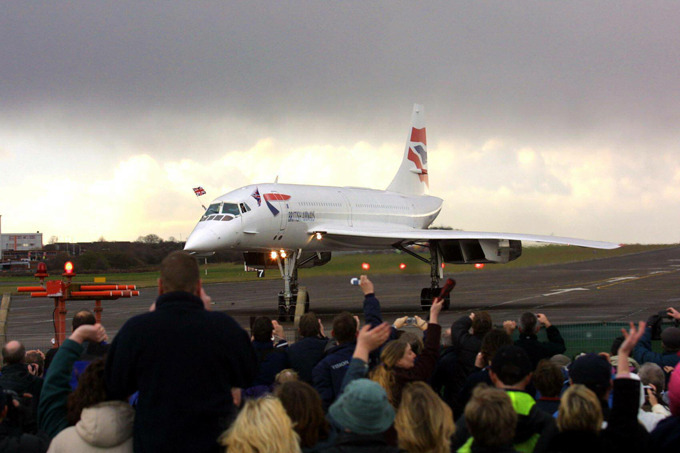
The Aérospatiale-BAC Concorde was a turbojet-powered supersonic passenger airliner, a supersonic transport (SST). It was a product of an Anglo-French government treaty, combining the manufacturing efforts of Aérospatiale and the British Aircraft Corporation. First flown in 1969, Concorde entered service in 1976 and continued commercial flights for 27 years.
All photos: Splash/ All Over Press
The Aérospatiale-BAC Concorde was a turbojet-powered supersonic passenger airliner, a supersonic transport (SST). It was a product of an Anglo-French government treaty, combining the manufacturing efforts of Aérospatiale and the British Aircraft Corporation. First flown in 1969, Concorde entered service in 1976 and continued commercial flights for 27 years.
All photos: Splash/ All Over Press
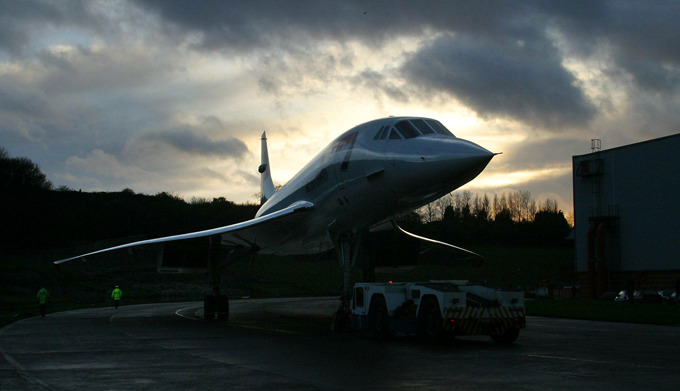
Among other destinations, Concorde flew regular transatlantic flights from London Heathrow (British Airways) and Paris-Charles de Gaulle Airport (Air France) to New York JFK, profitably flying these routes at record speeds, in less than half the time of other airliners.
All photos: Splash/ All Over Press
Among other destinations, Concorde flew regular transatlantic flights from London Heathrow (British Airways) and Paris-Charles de Gaulle Airport (Air France) to New York JFK, profitably flying these routes at record speeds, in less than half the time of other airliners.
All photos: Splash/ All Over Press

With only 20 aircraft built, their development represented a substantial economic loss, in addition to which Air France and British Airways were subsidised by their governments to buy them. As a result of the type's only crash on 25 July 2000 and other factors, its retirement flight was on 26 November 2003.
All photos: Splash/ All Over Press
With only 20 aircraft built, their development represented a substantial economic loss, in addition to which Air France and British Airways were subsidised by their governments to buy them. As a result of the type's only crash on 25 July 2000 and other factors, its retirement flight was on 26 November 2003.
All photos: Splash/ All Over Press

Concorde's name reflects the development agreement between the United Kingdom and France. In the UK, any or all of the type-unusual for an aircraft-are known simply as "Concorde". The aircraft is regarded by many as an aviation icon
All photos: Splash/ All Over Press
Concorde's name reflects the development agreement between the United Kingdom and France. In the UK, any or all of the type-unusual for an aircraft-are known simply as "Concorde". The aircraft is regarded by many as an aviation icon
All photos: Splash/ All Over Press

Concorde is an ogival (also "ogee") delta-winged aircraft with four Olympus engines based on those employed in the RAF's Avro Vulcan strategic bomber. Concorde was the first airliner to have an (in this case, analogue) fly-by-wire flight-control system; the avionics of Concorde were unique because it was the first commercial aircraft to employ hybrid circuits
All photos: Splash/ All Over Press
Concorde is an ogival (also "ogee") delta-winged aircraft with four Olympus engines based on those employed in the RAF's Avro Vulcan strategic bomber. Concorde was the first airliner to have an (in this case, analogue) fly-by-wire flight-control system; the avionics of Concorde were unique because it was the first commercial aircraft to employ hybrid circuits
All photos: Splash/ All Over Press
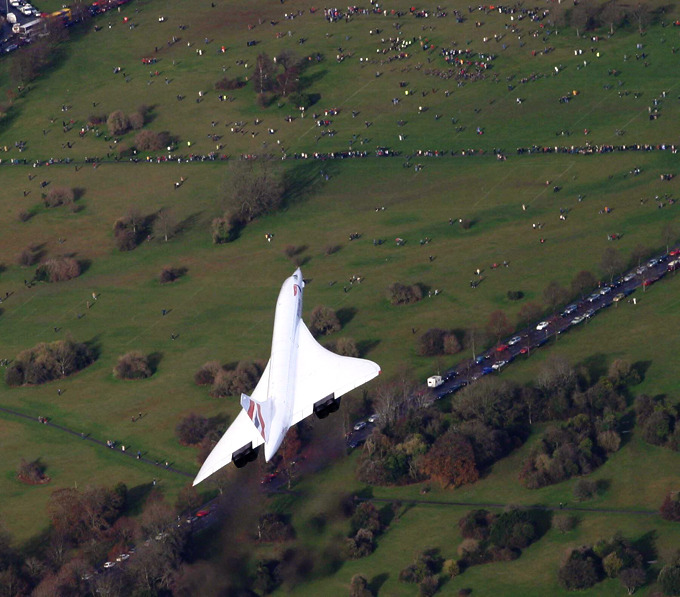
When any aircraft passes the critical mach of that particular airframe, the centre of pressure shifts rearwards. This causes a pitch down force on the aircraft if the centre of mass remains where it was. The engineers designed the wings in a specific manner to reduce this shift, but there was still a shift of about 2 metres. This could have been countered by the use of trim controls, but at such high speeds this would have caused a dramatic increase in the drag on the aircraft. Instead, the distribution of fuel along the aircraft was shifted during acceleration and deceleration to move the centre of mass, effectively acting as an auxiliary trim control
All photos: Splash/ All Over Press
When any aircraft passes the critical mach of that particular airframe, the centre of pressure shifts rearwards. This causes a pitch down force on the aircraft if the centre of mass remains where it was. The engineers designed the wings in a specific manner to reduce this shift, but there was still a shift of about 2 metres. This could have been countered by the use of trim controls, but at such high speeds this would have caused a dramatic increase in the drag on the aircraft. Instead, the distribution of fuel along the aircraft was shifted during acceleration and deceleration to move the centre of mass, effectively acting as an auxiliary trim control
All photos: Splash/ All Over Press
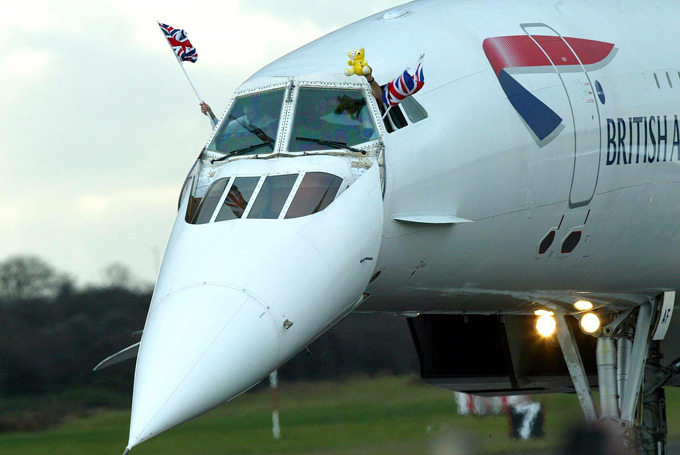
Besides engines, the hottest part of the structure of any supersonic aircraft is the nose. The engineers wanted to use duralumin, an aluminium alloy, throughout the aircraft due to its familiarity, cost and ease of construction. The highest temperature that aluminium could sustain over the life of the aircraft was 260 °F (127 °C), which limited the top speed to Mach 2.02
All photos: Splash/ All Over Press
Besides engines, the hottest part of the structure of any supersonic aircraft is the nose. The engineers wanted to use duralumin, an aluminium alloy, throughout the aircraft due to its familiarity, cost and ease of construction. The highest temperature that aluminium could sustain over the life of the aircraft was 260 °F (127 °C), which limited the top speed to Mach 2.02
All photos: Splash/ All Over Press

In order to travel between London and New York, or Washington, non-stop, Concorde was developed to have the greatest supersonic range of any aircraft. This was achieved by a combination of engines which were highly efficient at supersonic speeds (The world's most energy-efficient jet engine), a slender fuselage with high fineness ratio, and a complex wing shape delivering a high lift to drag ratio. This also required carrying only a modest payload and a high fuel capacity, and the aircraft was trimmed with precision to avoid unnecessary drag
All photos: Splash/ All Over Press
In order to travel between London and New York, or Washington, non-stop, Concorde was developed to have the greatest supersonic range of any aircraft. This was achieved by a combination of engines which were highly efficient at supersonic speeds (The world's most energy-efficient jet engine), a slender fuselage with high fineness ratio, and a complex wing shape delivering a high lift to drag ratio. This also required carrying only a modest payload and a high fuel capacity, and the aircraft was trimmed with precision to avoid unnecessary drag
All photos: Splash/ All Over Press
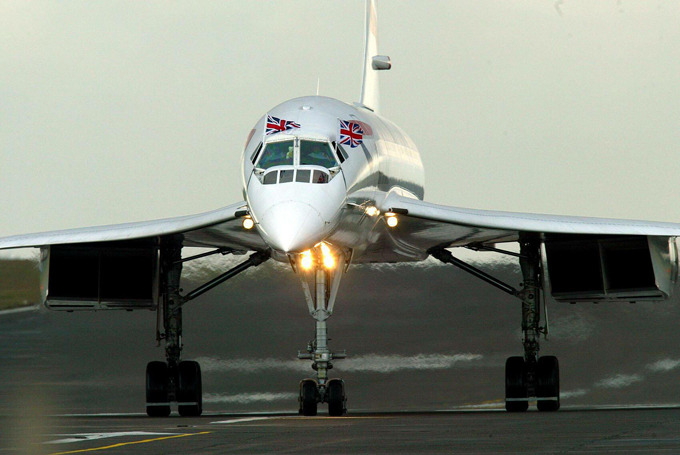
While commercial jets take eight hours to fly from New York to Paris, the average supersonic flight time on the transatlantic routes was just under 3.5 hours. Concorde had a maximum cruise altitude of 18,300 metres (60,039 ft) and an average cruise speed of Mach 2.02, about 1155 knots (2140 km/h or 1334 mph), more than twice the speed of conventional aircraft
All photos: Splash/ All Over Press
While commercial jets take eight hours to fly from New York to Paris, the average supersonic flight time on the transatlantic routes was just under 3.5 hours. Concorde had a maximum cruise altitude of 18,300 metres (60,039 ft) and an average cruise speed of Mach 2.02, about 1155 knots (2140 km/h or 1334 mph), more than twice the speed of conventional aircraft
All photos: Splash/ All Over Press

With no other civil traffic operating at its cruising altitude of about 56,000 ft (17,000 m), dedicated oceanic airways or "tracks" were used by Concorde to cross the Atlantic. Due to the nature of high altitude winds, these SST tracks were fixed in terms of their co-ordinates, unlike the North Atlantic Tracks at lower altitudes whose co-ordinates alter daily according to forecast weather patterns
All photos: Splash/ All Over Press
With no other civil traffic operating at its cruising altitude of about 56,000 ft (17,000 m), dedicated oceanic airways or "tracks" were used by Concorde to cross the Atlantic. Due to the nature of high altitude winds, these SST tracks were fixed in terms of their co-ordinates, unlike the North Atlantic Tracks at lower altitudes whose co-ordinates alter daily according to forecast weather patterns
All photos: Splash/ All Over Press
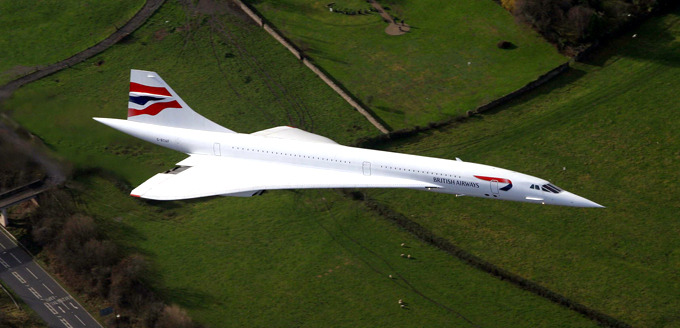
On 25 July 2000, Air France Flight 4590, registration F-BTSC, crashed in Gonesse, France, killing all 100 passengers and nine crew members on board the flight, and four people on the ground. It was the only fatal incident involving Concorde. According to the official investigation conducted by the French accident investigation bureau (BEA), the crash was caused by a titanium strip that fell from a Continental Airlines DC-10 that had taken off minutes earlier
All photos: Splash/ All Over Press
On 25 July 2000, Air France Flight 4590, registration F-BTSC, crashed in Gonesse, France, killing all 100 passengers and nine crew members on board the flight, and four people on the ground. It was the only fatal incident involving Concorde. According to the official investigation conducted by the French accident investigation bureau (BEA), the crash was caused by a titanium strip that fell from a Continental Airlines DC-10 that had taken off minutes earlier
All photos: Splash/ All Over Press



